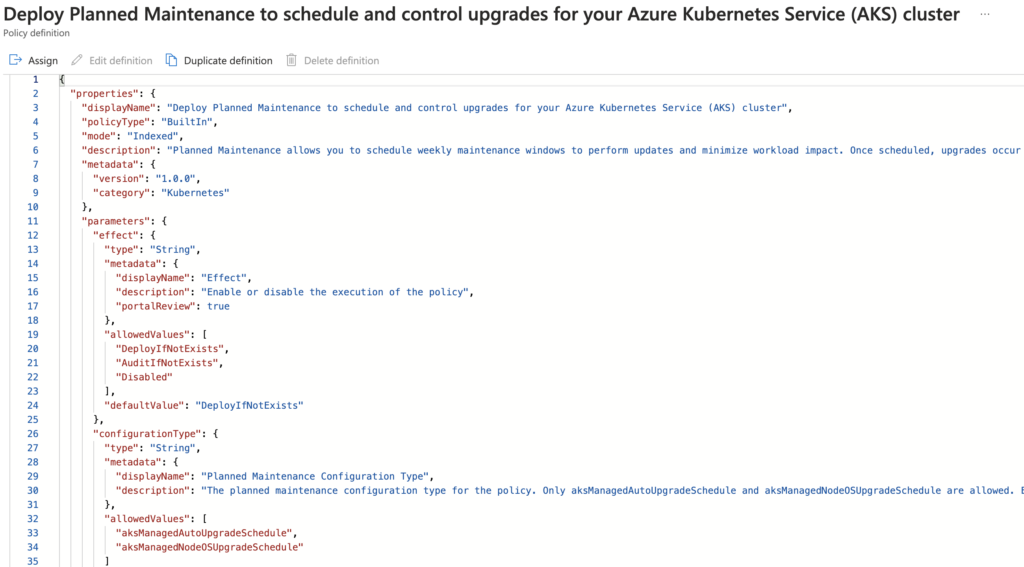Hi!
Exciting news! Microsoft is thrilled to announce that the Image Cleaner feature is now officially available for general use. In the realm of optimizing image creation and deployment within Azure Kubernetes Service (AKS) clusters, pipelines take center stage. However, amid their prowess in image generation, a common oversight comes to light: the gradual accumulation of outdated images. This seemingly minor misstep often leads to unwelcome image bloat within cluster nodes, a situation that cannot be underestimated due to potential vulnerabilities stemming from these lingering images.
To fortify the security stance of your clusters, it’s imperative to adopt proactive measures for purging these unreferenced images. The conventional manual approach to image cleanup, while well-intentioned, proves both labor-intensive and prone to human error. Enter the game-changing Image Cleaner—an innovative solution meticulously crafted to tackle this very challenge.
By automating the identification and removal of redundant images, Image Cleaner emerges as a pivotal instrument in mitigating the risks posed by outdated images. Its role transcends mere security enhancement, as it also significantly streamlines the image maintenance process, thereby conserving precious time and resources.
If you’re curious to delve deeper into this subject, I penned an article in September 2022. Feel free to explore it by following this link: https://zigmax.net/aks-image-cleaner/
Maxime.
